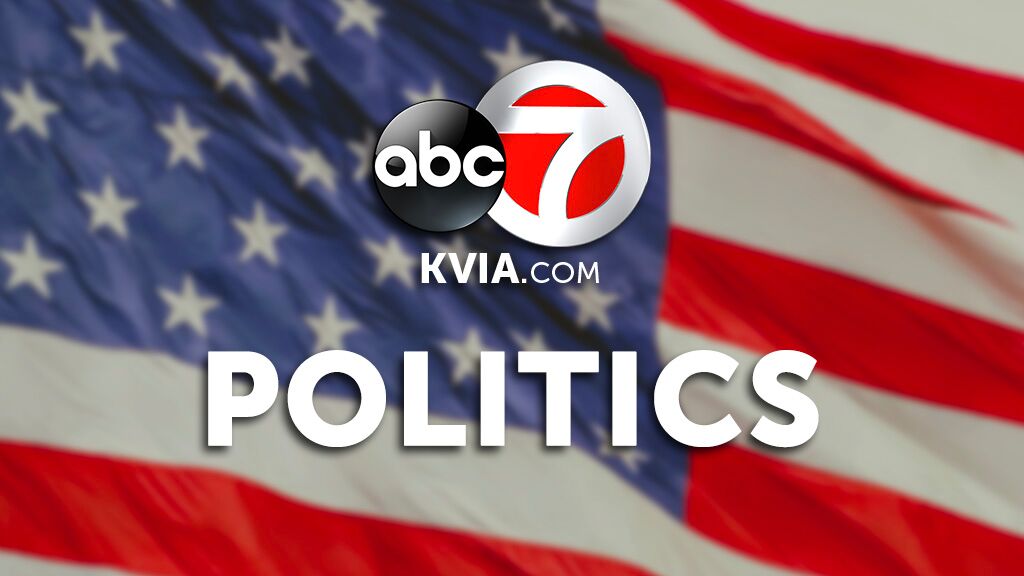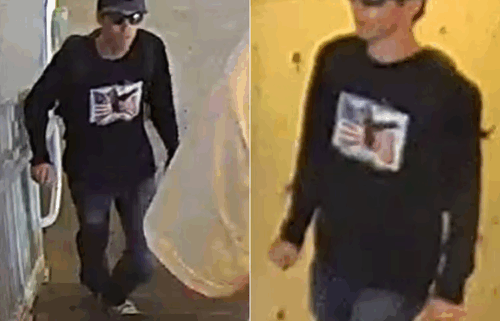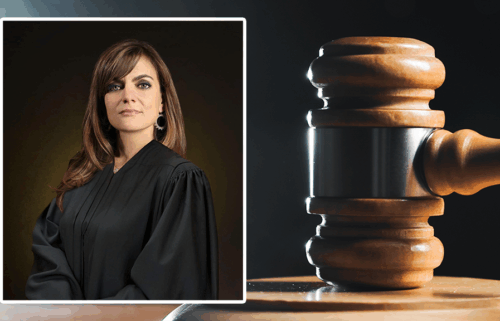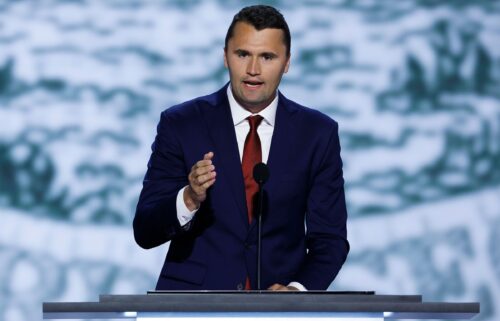Phantom phone call? Timeline suggests there was no Trump-Sondland phone call on Sept. 9

President Donald Trump keeps pointing to a phone call that supposedly happened on September 9 as a key element in his defense of his conduct in the Ukraine scandal.
But it’s unclear if that conversation actually took place on that day — and what’s known about the communications between Trump and Gordon Sondland, the US ambassador to the European Union, actually further implicates the President.
According to Sondland’s testimony, it was during this call that Trump told him he wanted “nothing” from Ukraine, and Trump has repeatedly referenced this call as evidence for his claim that there was no attempt to withhold congressionally appropriated security aid to Ukraine in return for other things Trump personally wanted and outlined in a phone call to Ukrainian President Volodymyr Zelensky.
But this claim is contradicted by other parts of Sondland’s own testimony: namely, that the White House did place conditions on official actions, like a White House invitation for Zelensky.
Trump’s defense becomes even flimsier when you consider how others reacted to the purported Sondland-Trump call when they learned about it. Tim Morrison, a former National Security Council official, testified to Congress that he got a “sinking feeling” after Sondland told him on September 7 of a call he had just had with Trump.
Given the stark difference in how the call has been characterized by different people, there has been some speculation about whether there were two phone calls that took place.
But a review of the timeline that has emerged from testimony during the impeachment inquiry does not support that theory. Instead, testimony from Morrison and Taylor indicate that the call took place on September 7, and in a far different manner described by Sondland and Trump.
That call, according to testimony from Morrison, as well as from Bill Taylor, the top US diplomat in Ukraine, suggests that Trump did in fact lay out a quid pro quo to Sondland, including specific demands for Zelensky.
Democrats on the House Intelligence Committee picked up on this discrepancy in their impeachment inquiry report released on Tuesday, writing, “A call on September 9, which would have occurred in the middle of the night, is at odds with the weight of the evidence and not backed up by any records the White House was willing to provide Ambassador Sondland.”
What Sondland remembers
In his testimony before the House Intelligence Committee on November 20, Sondland said he had called Trump on what he believed was September 9 and asked him what he wanted from Ukraine. Trump, Sondland testified, responded, “I want nothing. I want nothing. I want no quid pro quo. Tell Zelensky to do the right thing.'”
Sondland also testified that the call could have occurred as early as September 6. During the hearing before Congress, Sondland repeatedly testified that he did not take notes and could not recall many details when asked by lawmakers.
And according to Sondland, the White House has not been able to locate phone records for a call between Trump and him on September 9. An unnamed administration official told The Washington Post that the White House was unable to find a record in its switchboard of a September 9 call between Trump and Sondland.
An unnamed White House official also told the Post that calls made on the President’s cell phone are not always logged in the switchboard, particularly when he is in the residence. As the Post points out, if the call did take place as Sondland described, it would have happened in the 5 a.m. hour, a period of time when Trump is usually in the White House residence.
Morrison’s version
Morrison, however, recalls a far different phone call between Sondland and Trump, one in which Trump requested action from Zelensky.
During his closed-door testimony on October 31, Morrison recalled a conversation he’d had with Sondland on September 7 regarding a phone call Sondland said he’d just had with Trump.
According to Morrison, Sondland told him “that there was no quid pro quo, but President Zelensky must announce the opening of the investigations and he should want to do it.”
Morrison then relayed this information to Taylor, which Taylor confirmed in his opening statement during his November 13 testimony. Morrison also testified that he had told his boss, former national security adviser John Bolton, as well as National Security Council lawyers, about the conversation.
During his public testimony, Sondland did not refute Taylor and Morrison’s recollection on this timeline.
Taylor’s testimony
Taylor has also testified that in a phone call with Sondland on September 8 that he was told by the ambassador that Trump wanted Zelensky to announce the investigations publicly but that this “was not a ‘quid pro quo.’ “
“I believe this was the same conversation between Ambassador Sondland and President Trump that Mr. Morrison had described to me on September 7,” Taylor said.
This lines up with a text message exchange between Sondland, Taylor and former US special envoy to Ukraine Kurt Volker.
According to the messages, on September 8, Sondland texted the group that he’d had “multiple” conversations with Zelensky and Trump. After Sondland and Taylor talked by phone, Taylor sent his now-infamous text message:
“I think it’s crazy to withhold security assistance for help with a political campaign,” Taylor wrote the group.
According to the time stamps on the text messages, five hours later, on the morning of September 9, Sondland texted back saying that Taylor was “incorrect about President Trump’s intentions” and that Trump wants “no quid pro quo’s of any kind.”
This story has been updated




